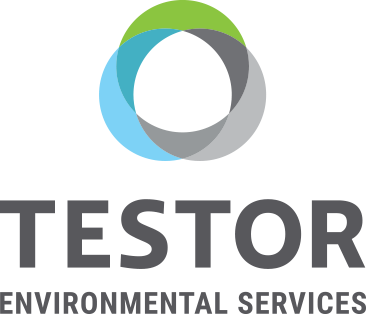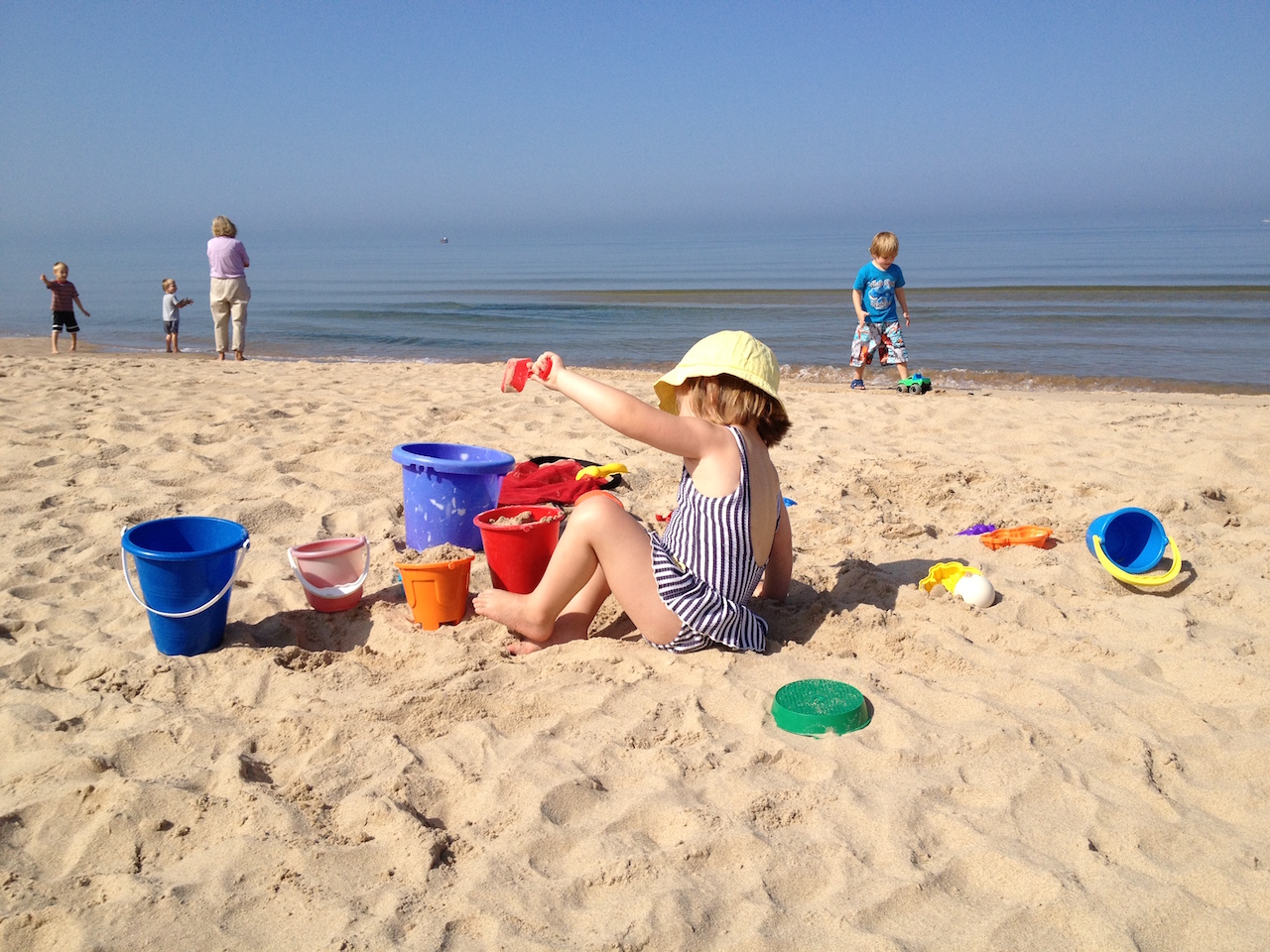Hot and humid weather is perfect for swimming and cooking outside… and mold growth. Sorry to bring the tone down, but it is important to stay alert to the changing environmental risks that occur as the weather shifts. Fall is my favorite time of year and it allows us some preparation time before the cold winter weather sets in. Storms will come through, followed by freezes and then the eventual thaw. Unfortunately, if mold was present in your home in summer and water penetrated the structure, it will thrive in a closed-up winter home where dark, damp areas may have low ventilation.
We get lots of questions from clients who find they are unsure how they should approach mold issues. This is understandable given that it is a developing field that has no central oversight or authority. However, earlier this year, New York State actually instituted new regulations for mold. Many other states already have their own regulations in place, others will soon, and some states have no formal regulations or guidelines at all.
In this post, I want to be sure everyone understands the essential risks, recommendations and requirements and address some of the questions that we receive every day.
- For a large percentage of people, mold-related health issues are negligible. Don’t panic.
- For a small percentage of people, mold-related health issues are quite serious.
- The evidence is growing that mold and children don’t mix well.
- All homeowners should to be vigilant.
- If you are a landlord, be sure to study up on the rules and maintain your buildings. As always, ignorance isn’t much of a defense.
Some simple tools and lots of common sense can help tremendously.
- Above and below ground, your building envelope needs to be intact.
- If a space smells damp and humid, it probably is.
- A dehumidifier with digital humidity readout can be used as a monitoring device and front line defense. Humidity below 60% will inhibit most mold growth.
- Ventilate and reduce mold growth opportunities by reducing clutter. Use exhaust fans in kitchen and bathrooms, and keep them clean of dust or grease
- A HEPA air purifier and vacuum cleaner is a good investment as it will filter out mold spores, along with other airborne particles.
- A moisture meter can help locate problems for suspect walls and ceilings.
Check out this interactive mold house tour from the EPA for more information on where mold might be lurking in your home.
The NYS website for the mold regulation program isn’t an exciting read, but it’s certainly definitive.

